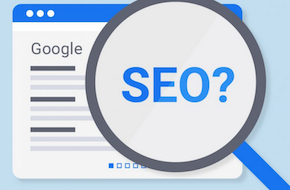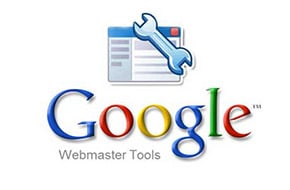
Take your site’s SEO to the next level with advanced tips
These won’t make or break your site, but they may push you over the edge
We’ve talked about overall SEO plans before, and those elements are certainly important to have locked down first. But once you reach a solid density of high-value keywords, where do you go next? How do you take your SEO to the next level and bump your site up the search results? Aside from good old fashioned waiting, there are a few things you can do to improve your SEO health.
Header formatting
Since Google crawls the code of your website, not just the content, proper HTML hierarchies are more important than you might realize. Google looks in particular for header tags: <h1>, <h2> and the like. It gives these elements a little extra weight, and uses them as an indicator of the content of the page. It’s not the end of the world if you don’t use these tags, but if you do use them (and include some keywords in them), you’ll have that much more control over how Google looks at your site.
More (and new) content
Yoast‘s recommendation, and a good rule of thumb, is to have at least 300 words on any page you want to rank. Anything less, and your score in Google’s algorithm will be dinged. The search engines want to know that you’re providing value to your site visitors, and that you’re an authority on your subject. Word count is a strong indicator of this: both that you’re not sending your users on a wild goose chase, and that you have plenty to say about the topic in question.
With that being the case, it’s no surprise that it’s worthwhile to have even more content on the page. Reaching between 1,000 and 1,500 words on a page seems to be something of a sweet spot, not too much and not too little. Of course, this content should still be keyword dense and relevant to the subject at hand. Don’t pad out your content too much, try not to meander or ramble.
Even if your site is full of great (and long) content, it never hurts to add more! Do a quick round of keyword research, and see what inspiration comes bubbling up. Adding new content is a great way to tell Google that your site is active and current, and provides your users with even more information that could be helpful.
Keyword-dense alt tags
A crucial part of SEO is alt tags for images. Since Google’s crawling bots can’t actually “see” the page, they can’t see the lovely image you handpicked for your site. Instead, it reads the alt tag, text that you specifically set to describe the image. Many times, people will use a word or two to describe the image in question. But you can make the alt tags much longer, treating it like an extra sentence or short paragraph. This can be a great way to slip in some extra keywords that Google will read, and improves your overall SEO health.
However, make sure not to just enter a list of keywords here. The alt tags are also what screen readers will read, helping the visually impaired browse the Internet to its full capabilities. It’s important to have the alt tags make sense for these people most of all. And it’s still healthy for Google too – you wouldn’t just put a block of keywords as the last sentence of your blog post. Even if you try to hide it in alt tags, the effect on Google is still the same.
Healthy permalinks
Another thing that the Google algorithm considers is the slugs, or actual URLs for your pages. Like the heading elements above, these can act as an indicator of the site’s content and structure. There are a few particular tips here:
- Make sure your content is properly nested. If you have a “Services” page and a slew of pages describing individual services, then make sure to make those individual pages a child page of the Services page. This will affect the URL, adding another layer to the slug. This helps Google group related content, and shows you’re willing to take the time to properly structure the site for easier navigation.
- Leave out the stop words. Pronouns, prepositions, conjunctions, and the like should be removed from your URLs. Whenever you create a new page or post, WordPress will automatically create a slug for you based off of the title. There’s a handy little button nearby to let you edit it, and remove words like “a”, “the”, and “it.” These words don’t hold value in a Google search, and will just clog up the algorithm’s ability to use your URLs as proper indicators.
- Keep them short. In the essence of the tip, keep URLs as simple, relevant, compelling, and accurate as possible.
Use a tool like Moz to check the nitty gritty
A SEO tool like Moz or Ubersuggest can provide more technical tips for how to improve your site health. They’ll check things like redirects, lengths of metadata, content issues, and more with just a quick crawl of your site. Once you feel confident in your own SEO update, go plug your website into one of these handy tools. You may find a plethora of fixes you hadn’t even thought about.
Keep it updated!
This is important enough that we’ve made a whole other blog post about it, and we’ll harp on it again! Keep your list of high-value keywords updated regularly. Search trends change often enough, and topics fall in and out of fashion as time rolls on. As frequently as once a month, do another keyword research session and audit your content (including alt tags, header elements, and permalinks) to keep your site in Google’s good graces.
Need some help taking your SEO to the next level? Don’t hesitate to reach out to us at Mr. WPress for a free quote! We’d be delighted to lend a hand.

 A Few Responsive Design Best Practices
A Few Responsive Design Best Practices Every good webmaster uses Google Webmaster Tools!
Every good webmaster uses Google Webmaster Tools! Increase Web Traffic with Website Theme Development
Increase Web Traffic with Website Theme Development